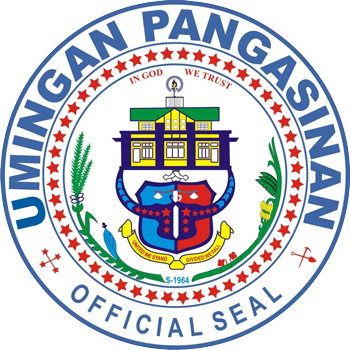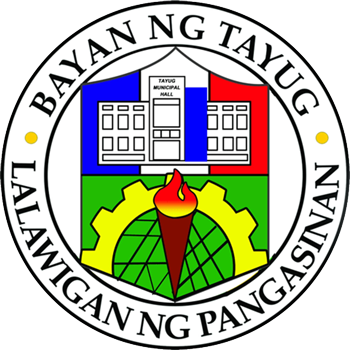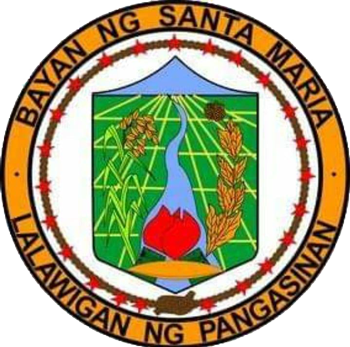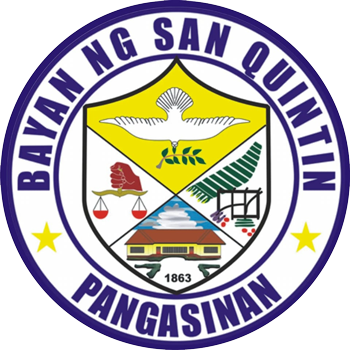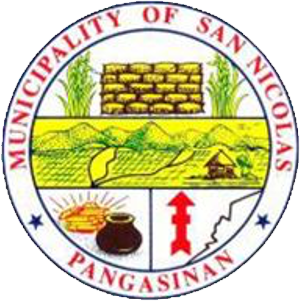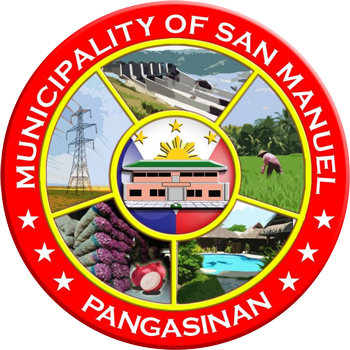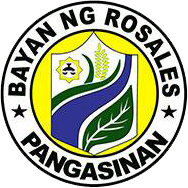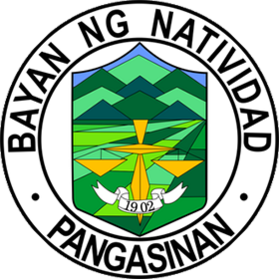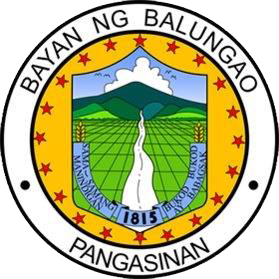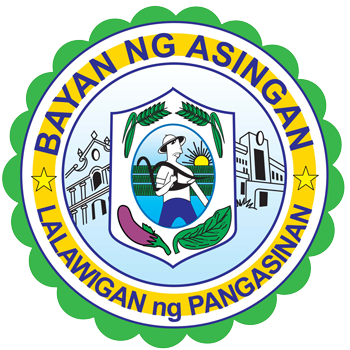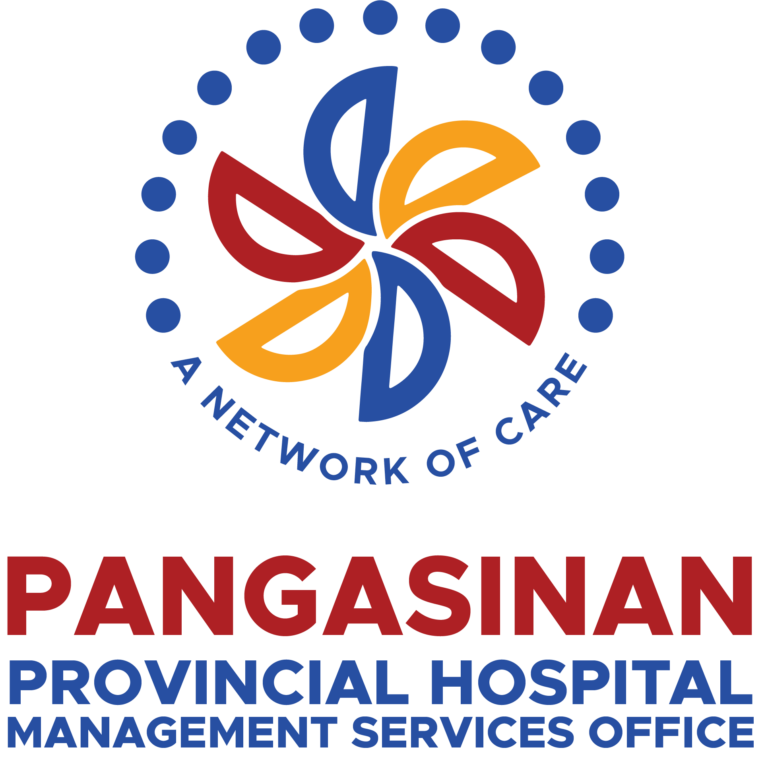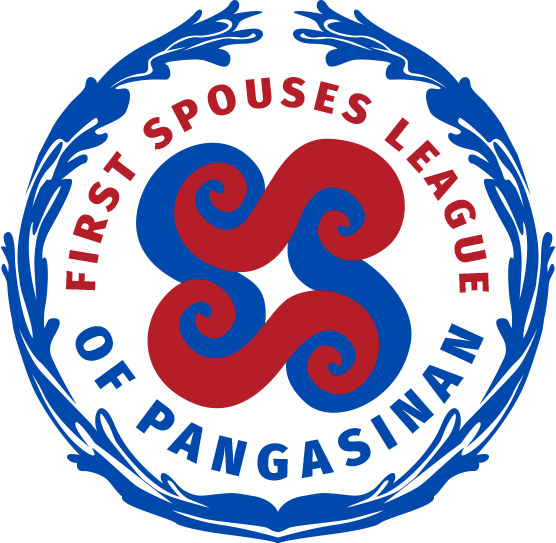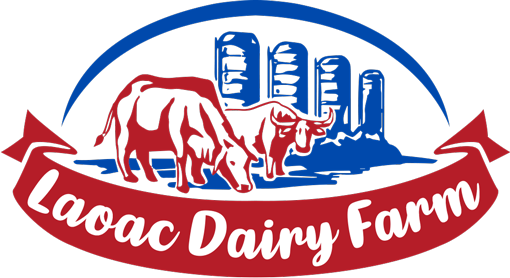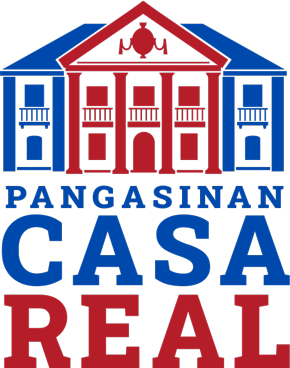After a plentiful harvest, the locals and visitors from other towns gathered to celebrate with so much food and drinks that a man exclaimed: “Peace be with us for the Blessings of the Almighty God come to us. Abundance is with us and the turmoil has finished”. The people rejoice as they yell “Yes, yes disorder has ceased”. In Ilocano, the expression translates to “Wen, wen, nagsardingen iti panagdakdakes, ti riribuk ti Inmingan”. The visitors who know nothing about the local dialect were confused but also joined the celebration and shouted “Umingan”.
Settlers from other towns and provinces immigrated to Umingan forming villages and barangays. There are no official records as to when the municipality was founded but some historians believe that the town of Umingan was established in the 1880s.
Umingan is part of the sixth congressional district. It has a total land area of 25,853 hectares and a population of 77,074 people according to the 2020 census.
An agricultural town, Umingan dedicates much of its land to farming and livestock and poultry industry. Crops like rice, corn, and root crops as well as fruits and vegetables make up a huge chunk of the town’s produce.
There are several points of interest that tourists can go to when visiting Umingan. The enchanting waterfalls of Mt. Amoring, Carasacas, and Paksayan are among the main spots to visit.
Officials
Mayor
Michael Carleone Cruz
Vice Mayor
Chris Evert Tadeo-Leynes
Councilors
Jonathan Navalta
Cesario Galleguez
Fred Fernandez
Maya Membrere
Alain Jermen Rabang
Ponciano Onia
Mar Lee Non Sonaco
Jay Ar. Paz


